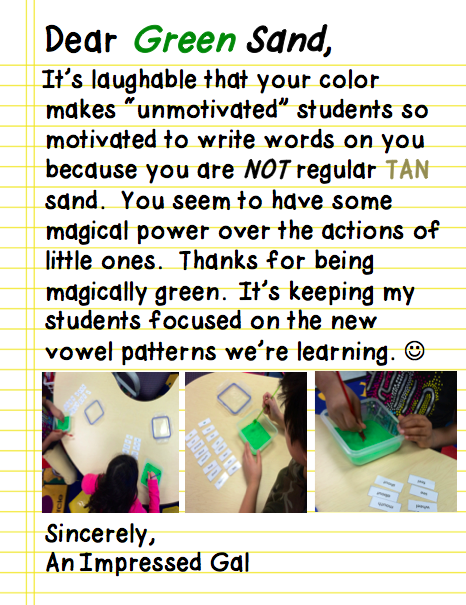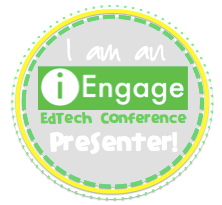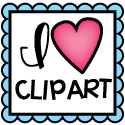I'm linking up with Teaching Blog Addict for Freebie Friday to share my Thinking About the Text: Using Textual Evidence When Responding to Text freebie. This is a *throwback* post I shared on Adventures in Literacy Land as a guest blogger, in case you missed it.
As we all know, the Common Core State Standards declare students should be able to *read closely to determine what the text says explicitly and to make logical inferences from it* as well as *cite specific textual evidence when writing or speaking to support conclusions drawn from the text*. That may be very difficult for students to do. The majority of struggling readers and writers in my RtI groups often respond to their reading with brief, fragmented statements without text evidence supporting their thoughts. Getting them to support an analysis of their reading with textual evidence takes much EXPLICIT guidance before they are able to be successful on an independent level.
Students are not able to answer questions purely based off of their prior knowledge or personal experience. Making personal connections to the text is still important, however, text-to-self connections are no longer a focus when responding to reading. Students need to stay within the four corners of the text. They need to carefully read and answer questions only referring explicitly to the text. When discussing texts with my students, I pre-plan the direction I'd like to take them. Under the proverbial umbrella of text-dependent evidence falls questions that can 1.) get to the general understanding or gist of the text 2.) be literal, but must also involve evaluation, synthesis and analysis and 3.) focus on particular vocabulary words, sentences, paragraphs, events and themes.
When planning lessons to get my students to think more concretely about their reading, I often turn to K-2 Chart Sense: Common Sense Charts to Teach K-2 Informational Text and Literature and Chart Sense: Common Sense Charts to Teach 3-8 Informational Text and Literature. I purchased these books at the tail end of last year and have not regretted it! These books are fabulous and can really help guide teachers in implementing anchor chart visuals for students that encompass every reading standard. Yes, anchor chart ideas for every Common Core reading standard, both informational text and literature, is addressed in these books! Wow, right?
Below are some of the tools my students use, a text-evidence chart example taken directly from Chart Sense, pictures of my students using the chart and a brief description of the procedures I use with them.
 |
Behold the power of "Text-Evidence Detective Tools"!  |
Since I work primarily with the texts in Fountas & Pinnell's Leveled Literacy Intervention kits which contain series of books, I also created anchor charts dedicated to the series' characters we often read about. Some of the series within the F&P LLI kits include Moosling, Froggy, Fox Family and the Fix-It Family. For this post, I chose to use our Moosling anchor chart as an example.
Since I can't claim to be an artist, I photocopied the cover of a Moosling book to place in the center of blank chart paper. I then put "Moosling is..." and "Prove it with text-evidence!" at the top of the chart. Easy enough, right? :) Then, using a character trait poster, the students discussed possible traits Moosling possesses in the texts we've read thus far. The students were given a few pre-read titles in the series to locate text evidence to support Moosling's traits. They were responsible for writing down their evidence on the Post-It notes for this activity, so no "eye-lighters" or magnifying glasses were used during this part. The students had a great time with this. They took their job as "Text-Evidence Detectives" very seriously and were quite successful with it! :)
After much guided practice my students were ready to test their skills independently! For independent practice of citing textual evidence, I created a simple graphic organizer for my students to use, as well as a prompt poster for them to reference when responding to their reading. You can see them in action below!
 |
| Student using the Textual Evidence Sentence Starters poster below for her written response... |
I created the organizer to mimic what we were doing together in a small group on the large chart paper, so it correlated with what they had been practicing. My graphic organizer and prompt poster are FREEBIES, if you'd like to download them from my TPT store.
My product includes black & white as well as color versions of both the graphic organizer and prompt poster. I know teachers aren't always able to print in color. :)
So, there you have it...a few simple and easy-to-implement ideas for your classroom to get students thinking inside the four corners of the text. What are some ways you get students thinking about and citing from the text?
Enjoy your day and don't forget to grab your freebie!






































































